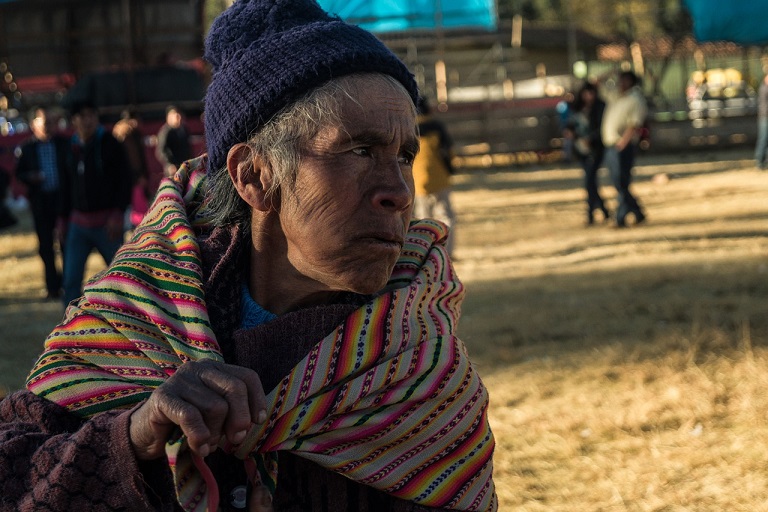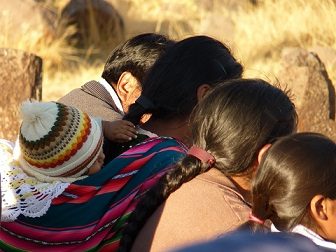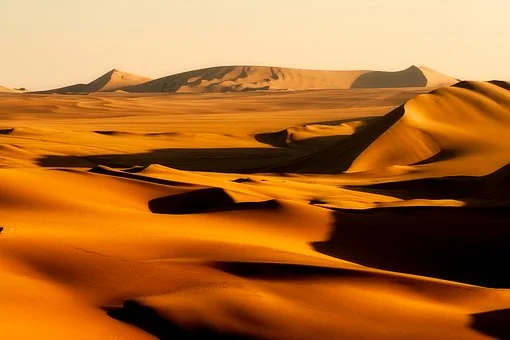Museums are spaces and intercultural meeting places where ethnic communities have a role to play.
 Claudio Chipana
Claudio Chipana
It is estimated that within the British Museum, founded in 1753 by the “curious” and the “studious”, there are around 8 million objects, however, only 70 to 80 thousand objects are visible to the public, or 1 % of the total.
What role do museums play? First of all, museums are not cultural fossils, especially in the case of the British Museum due to the rich and varied history from many civilisations saved on its shelves. Museums tend to award an aura of timelessness and integrity to archaeological and artistic treasures. However, museums are not exempt from the ideological debates which affect all cultural and artistic expression; the epistemology on which they are based often reflects the predominance and centralities of the Eurocentrism inherited from colonial and imperial discourse.
Therefore, post-colonial consideration of historical legacies from Africa, Asia and Latin America pigeonholed in European museums allows us to rethink this central/peripheral relationship, if we take into account the multicultural character of these metropolises.
In cities like London, ethnic minorities are transforming tastes and lifestyles; at the same time, they are having an impact on the way “universal” art exhibited in museums is appreciated.
 Hence the importance of initiatives by the British Museum to involve communities such as refugees in London.
Hence the importance of initiatives by the British Museum to involve communities such as refugees in London.
In November 2011, thanks to an invitation from curator Clare Patch, I acted as a cultural guide on the archaeological pieces from Peru, I visited the British Museum.
It was an extraordinary experience, out of the ordinary for an immigrant. For the first time, I had the opportunity to talk about the objects from Peru found in several rooms of the museum.
There were examples of pre-Columbian cultures such as Nazca, Paracas, Moche, Chimú and Inca. Some of these objects were selected within the “A History of the World in 100 Objects” by the BBC and the British Museum in 2010. Amongst them the “Moche warrior”, the “Golden Inca Llama”, and a piece of a Paracas textile.
Previously, it had been customary to associate the British Museum with the Magna Carta, the Rosetta Stone, the Elgin Marbles – contested by Greece – the Egyptian mummies or the famous “Reading room” where Karl Marx wrote the “Capital”. At that time it was a different experience.
 Since November 2011, when I did my first “tour”, which I then called “Millennial Peru”, I have to date organised more than a dozen independent group visits explaining the legacy of prehispanic Peru, from the objects scattered throughout various rooms of the museum.
Since November 2011, when I did my first “tour”, which I then called “Millennial Peru”, I have to date organised more than a dozen independent group visits explaining the legacy of prehispanic Peru, from the objects scattered throughout various rooms of the museum.
There is, therefore, a correlation between cultural diversity symbolised by the archaeological objects of civilisations from remote corners of the world and the cultural diversity of the immigrants represented by the ethnic communities which form part of the present day history of European capital cities. Museums are spaces and intercultural meeting places where ethnic communities have a role to play. The more one sees cultural institutions such as the British Museum from an intercultural perspective, all the better to confirm the multicultural character of changing societies of the “old” world.
(Translated by Susan Seccombe – Email: ess.translations [@] gmail.com) – Photos: Pixabay












.jpg)












